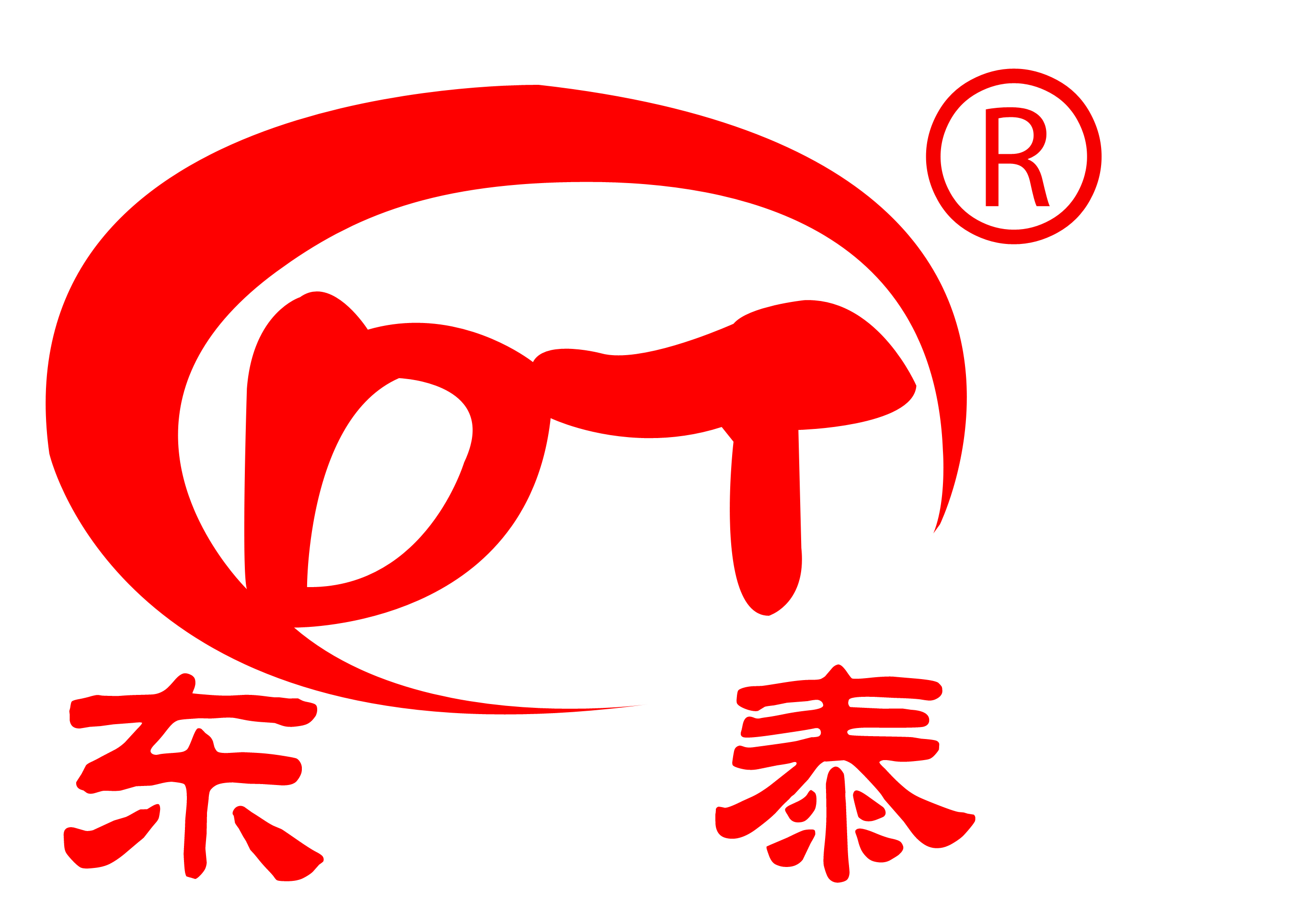Trisodium phosphate is an inorganic compound with the chemical formula Na3PO4. It has a white granular or crystalline physical appearance. It is highly soluble in water, creating an alkaline solution. The production process of trisodium phosphate involves the neutralization of phosphoric acid, which is primarily obtained from phosphate rock, with sodium hydroxide. Sometimes, sodium carbonate is used instead of sodium hydroxide.
Trisodium phosphate is one of the most commonly produced phosphate salts. The other two commonly produced salts are monosodium phosphate (H2NaPO4) and disodium phosphate (HNa2PO4). The production processes of different types of sodium phosphates are dependent on the ratio of sodium to phosphate in the reactor stage. Typically, wet phosphoric acid is utilized in the production of industrial-grade sodium phosphates. However, food-grade phosphoric acid is used while producing sodium phosphates used in the food industry.
Based on application, the trisodium phosphate market can be segmented into detergents & cleaners, food, personal care, tanning, and others. Food-grade trisodium phosphate is used in soft drinks and as a supplement in animal feed for cattle, pigs, and poultry. In the food industry, it is mainly utilized in cereals and processed cheese. Its application in the personal care industry comprise its usage in toothpastes.
One of the major uses of trisodium phosphate is as builders in detergents and cleaning compounds. It is also used as a lubricant and degreaser in heavy-duty cleansers. It is used to produce alkaline solutions that enable easy stain removal. It is also used in the tanning industry as a surface treatment chemical for hide or warm carcasses. In the water treatment process, it is used to adjust the pH and as a corrosion inhibitor.
Trisodium phosphate, a part of sodium phosphates, belongs to a class of industrial phosphates. They comprise a minor share of the total phosphates market. However, they are an important segment. Their increasing demand in the market is primarily driven by population and economic growth and improvement in living standards in developing regions.
Use of trisodium phosphates in detergents has been a major application. However, their consumption in the application has declined significantly over the past couple of years due to consciousness regarding their environmental effects and legislations on their usage in detergents. Many developed countries are now phasing out detergents containing trisodium phosphates and are inclined toward the use of more environmentally friendly products. Due to this, many detergent manufacturers have been opting for trisodium phosphate substitutes in their formulations. This has shifted the focus of trisodium phosphate manufacturers to other applications such as in food and animal feed.
Demand for phosphates, including trisodium phosphate, in detergents is likely to be further influenced by environmental concerns. Their demand in automatic dishwashing detergents has significantly declined in regions such as North America and Western Europe over the past few years. They are being replaced by less environmentally concerning substitutes. As a result, some of the rapidly emerging applications for sodium phosphates are in food, water treatment, and fertilizers. However, their use in detergents is likely to be significant where bans currently do not exist or in applications requiring very high effectiveness in cleaning. Countries where no regulations are placed on their usage are still utilizing them as an acid in cleaning products.
Trisodium Phosphate Market: Region-wise Outlook
Based on geography, the trisodium phosphate market can be divided into North America, Latin America, Europe, Asia Pacific, and Middle East & Africa. The market in Asia Pacific and Latin America is expected to expand at a rapid pace due to a robust food & beverage industry in the regions. Demand for ready-to-use food products, breakfast products (including cereals), and packaged meat is rising steadily in these regions, boosting the trisodium phosphate market.
The trisodium phosphate market in China, India, and Latin American countries is expected to offer significant potential for expansion. Detergents & cleaners is expected to be a prominent application segment of the market in these countries. In comparison, the trisodium phosphate market in Western European countries, the U.S., and Japan is expected to expand at a moderate pace, due to decline in major application segments.
